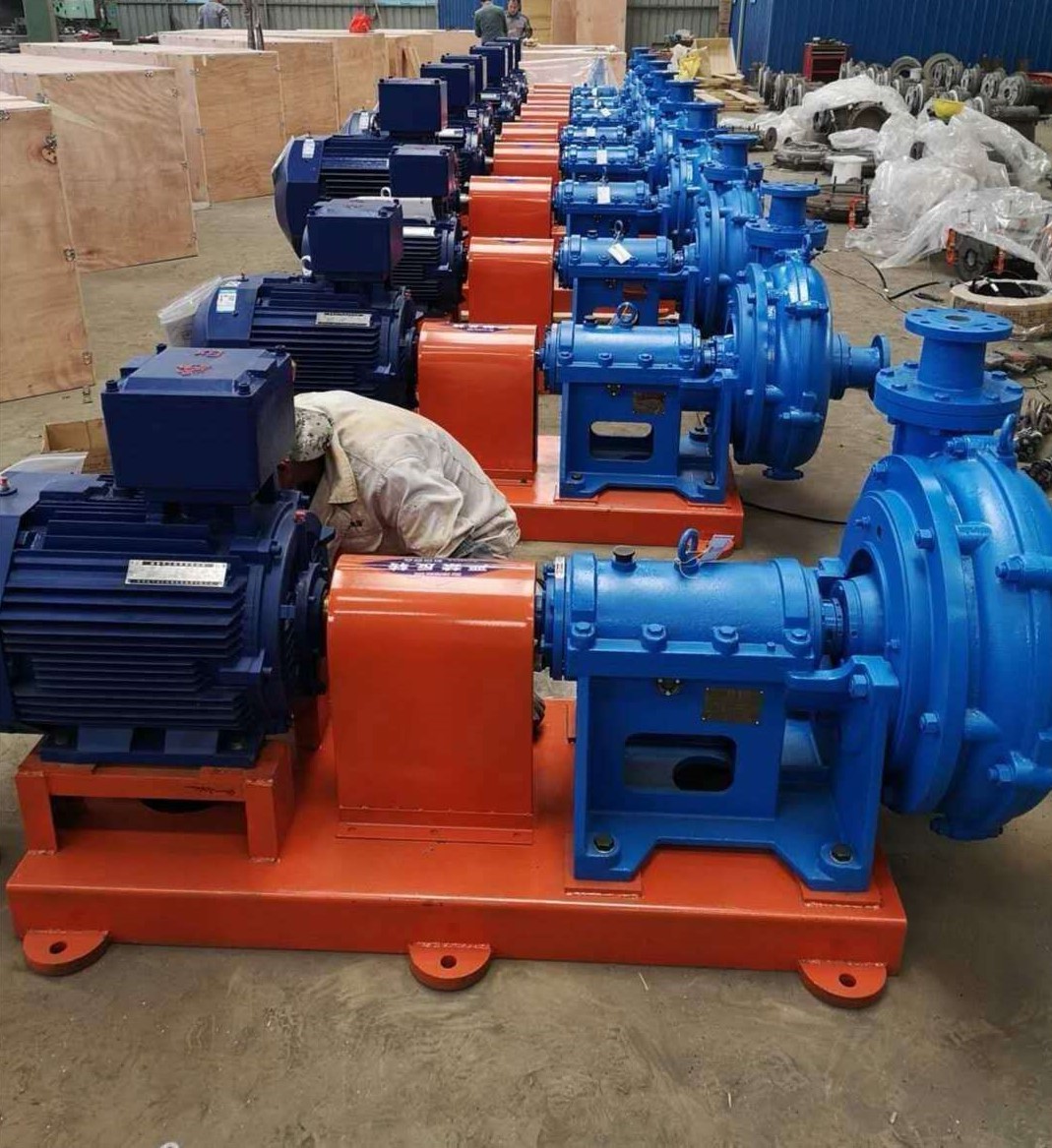English
- Afrikaans
- Albanian
- Amharic
- Arabic
- Armenian
- Azerbaijani
- Basque
- Belarusian
- Bengali
- Bosnian
- Bulgarian
- Catalan
- Cebuano
- Corsican
- Croatian
- Czech
- Danish
- Dutch
- English
- Esperanto
- Estonian
- Finnish
- French
- Frisian
- Galician
- Georgian
- German
- Greek
- Gujarati
- Haitian Creole
- hausa
- hawaiian
- Hebrew
- Hindi
- Miao
- Hungarian
- Icelandic
- igbo
- Indonesian
- irish
- Italian
- Japanese
- Javanese
- Kannada
- kazakh
- Khmer
- Rwandese
- Korean
- Kurdish
- Kyrgyz
- Lao
- Latin
- Latvian
- Lithuanian
- Luxembourgish
- Macedonian
- Malgashi
- Malay
- Malayalam
- Maltese
- Maori
- Marathi
- Mongolian
- Myanmar
- Nepali
- Norwegian
- Norwegian
- Occitan
- Pashto
- Persian
- Polish
- Portuguese
- Punjabi
- Romanian
- Russian
- Samoan
- Scottish Gaelic
- Serbian
- Sesotho
- Shona
- Sindhi
- Sinhala
- Slovak
- Slovenian
- Somali
- Spanish
- Sundanese
- Swahili
- Swedish
- Tagalog
- Tajik
- Tamil
- Tatar
- Telugu
- Thai
- Turkish
- Turkmen
- Ukrainian
- Urdu
- Uighur
- Uzbek
- Vietnamese
- Welsh
- Bantu
- Yiddish
- Yoruba
- Zulu
Telephone: +86 13120555503
Email: frank@cypump.com
Dec . 11, 2024 22:44 Back to list
sewer pump for basement
Understanding Sewer Pumps for Basements
Basements are often susceptible to flooding, especially in regions with heavy rainfall or poor drainage systems. One of the essential devices that help prevent water accumulation and sewage backup in basements is the sewer pump. Understanding how these pumps work, their benefits, and choosing the right one is crucial for homeowners who want to protect their basement from water damage.
What is a Sewer Pump?
A sewer pump is a submersible pump designed to move wastewater from your home to the sewer system or a septic tank. In basements, where plumbing might be lower than the main sewer line, gravity drainage can be ineffective. Here’s where sewer pumps come into play. They provide the necessary force to push wastewater up and out through the plumbing system, ensuring that your basement remains dry and functional.
Types of Sewer Pumps
There are primarily two types of sewer pumps simplex and duplex.
1. Simplex Pumps These systems contain a single pump, suitable for smaller homes with minimal wastewater output. They are less expensive and easier to install.
2. Duplex Pumps These systems consist of two pumps that operate on a standby basis. If one pump fails, the other kicks in, making it a reliable option for larger households or homes in flood-prone areas. Duplex systems are more costly, but they offer added security and peace of mind.
Key Features of Sewer Pumps
When purchasing a sewer pump for your basement, several features should be considered
- Pump Capacity Measured in gallons per minute (GPM), the capacity will determine how effectively the sewer pump can handle your needs based on your water output
.sewer pump for basement

- Horsepower Rating The power of the pump is crucial in overcoming the height from which the wastewater needs to be lifted. Pumps typically range from 0.5 to 3 HP.
- Materials and Build Quality Look for pumps made from durable materials, such as cast iron or stainless steel, which can withstand harsh conditions and last longer.
- Automatic vs. Manual Operation Most modern sewer pumps come with automatic sensors that detect water levels and activate the pump without human intervention. Manual pumps require you to turn the pump on and off, which may not be as convenient.
Benefits of Installing a Sewer Pump
1. Flood Prevention The primary benefit of a sewer pump is the prevention of flooding in your basement. In heavy rainfall or plumbing emergencies, having a reliable pump can save you from costly repairs.
2. Health and Safety Standing water can lead to mold and mildew, posing health risks. A sewer pump helps maintain a clean, dry environment.
3. Increased Home Value Homes equipped with effective drainage systems can have a higher resale value. Prospective buyers appreciate the peace of mind that comes with a properly functioning basement drainage system.
4. Convenience With an automatic sewer pump, homeowners can enjoy the convenience of not worrying about manual operation. These systems work silently in the background, ensuring that any excess water is efficiently removed.
Conclusion
In summary, a sewer pump is an indispensable component for homeowners looking to protect their basements from flooding and sewage issues. By understanding the different types of sewer pumps available and their key features, homeowners can make informed decisions when choosing a system suited to their needs. Not only can a sewer pump safeguard against water damage and health risks, but it also contributes to the overall value of a home. Investing in a reliable sewer pump is a proactive step in maintaining a safe and dry basement environment.
-
Horizontal Split Case Pump with GPT-4 Turbo | High Efficiency
NewsAug.01,2025
-
ISG Series Pipeline Pump - Chi Yuan Pumps | High Efficiency, Durable Design
NewsAug.01,2025
-
Advanced Flue Gas Desulfurization Pump with GPT-4 Turbo | Durable & Efficient
NewsJul.31,2025
-
ISG Series Vertical Pipeline Pump - Chi Yuan Pumps | Advanced Hydraulic Design&Durable Construction
NewsJul.31,2025
-
ISG Series Vertical Pipeline Pump - Chi Yuan Pumps | Energy Efficient & Low Noise
NewsJul.31,2025
-
pipeline pump - Chi Yuan Pumps Co., LTD.|High Efficiency&Low Noise
NewsJul.31,2025










